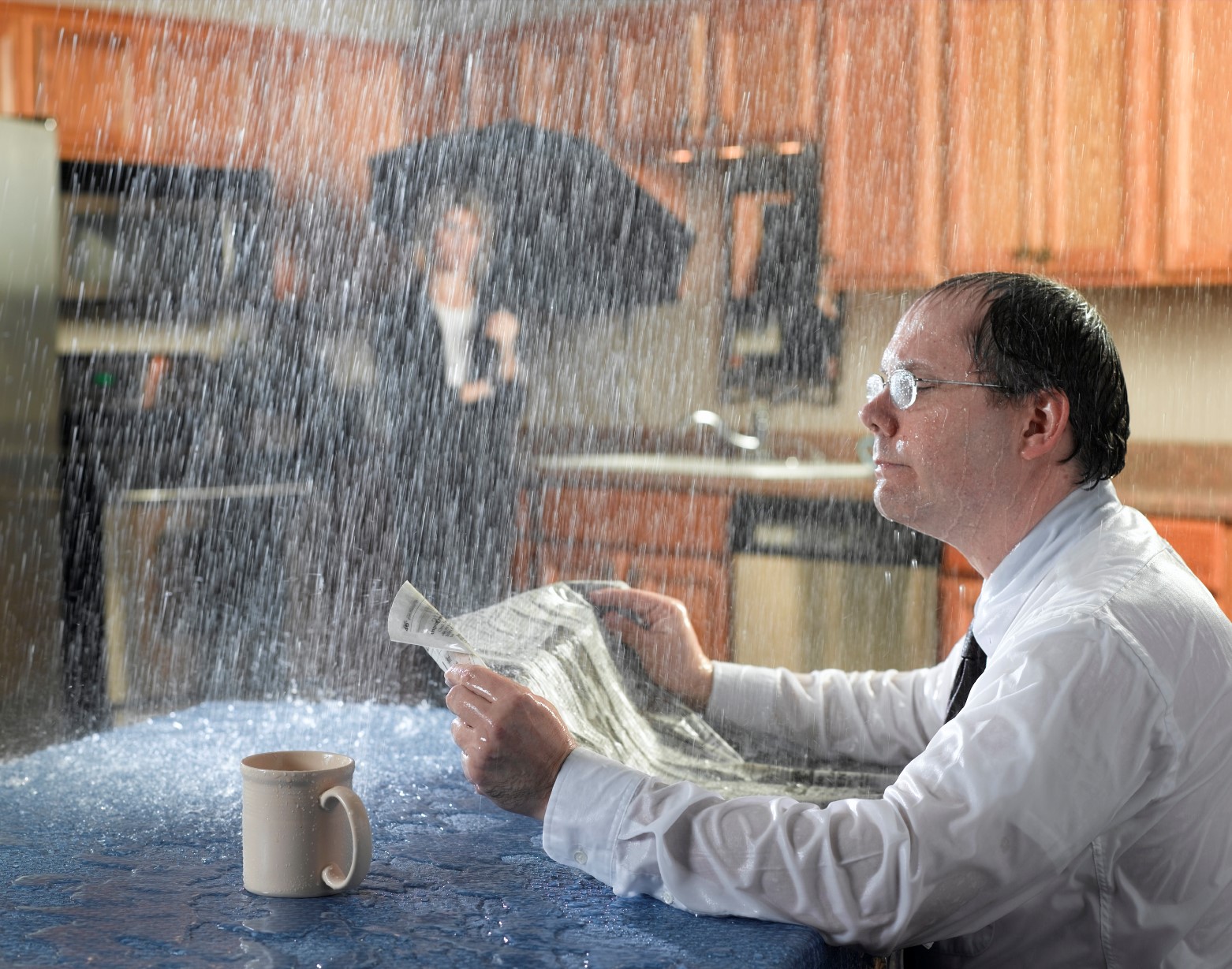The House's Principal Frequent Triggers of Leakage: In-Depth Analysis
The House's Principal Frequent Triggers of Leakage: In-Depth Analysis
Blog Article
We have uncovered this article about Most Common Causes of Leaky Pipes below on the net and figured it made perfect sense to relate it with you on my blog.

Leakages not just create waste of water however can additionally cause unnecessary damages to your house and advertise unwanted organic development. However, water leakages might go undetected considering that a lot of the pipework in our home is hidden. By understanding and looking for daily scenarios that trigger leaks, you can protect your home from future leaks as well as unneeded damages. Today, we will consider 6 leak causes that might be creating your pipelines to drip.
Trespassing roots
A lot of water leaks begin outside the house rather than inside it. You could discover damp patches or sinkholes in your lawn, and also that might indicate that tree roots are getting into water lines creating water to seep out.
Corroded water supply
As time passes by, your plumbing system ages and also rust such as corrosion may start eating away the pipes. This could be the cause of staining or warping on your pipes. This asks for an inspection with your plumber promptly. If our plumbing system is old, think about changing the pipelines given that they are at a higher threat of corrosion than the newer models.
Defective Pipe Joints
The point at which your pipelines link is regularly the weakest link in the waterline. Pipe joints can wear away in time, leading to water leakages. Unfortunately, the majority of pipeline joints are not quickly noticeable. If you have noisy pipes that make ticking or banging sounds, especially when the hot water is turned on, your pipeline joints are probably under a great deal of pressure. It is advisable to have your plumber check your system annually.
Instantaneous temperature level modifications.
Extreme temperature level modifications in our pipes can create them to broaden and also acquire all of a sudden. This growth and also contraction might cause fractures in the pipelines, particularly if the temperature level are below freezing. If you maintained an eye on just how your plumbing works, it would be best. The existence of the formerly mentioned situations regularly suggests a high risk.
Poor Water Connectors
At times, a leakage can be caused by loose tubes and pipelines that provide your appliances. In case of a water connections leakage, you might observe water running straight from the supply line or puddles around your appliances.
Clogged Drains
Obstructed drains might be aggravating and inconveniencing, however they can in some cases wind up creating an overflow leading to burst pipelines. Maintain removing any type of products that may decrease your drains pipes that can clog them to prevent such aggravations.
All the above are causes of leakages yet not all water leakages arise from plumbing leakages; some leakages could originate from roof leakages. All leaks ought to be repaired right away to stay clear of water damage.
Leaks not just trigger waste of water yet can likewise cause unneeded damage to your home and also advertise unwanted organic development. By recognizing as well as looking for daily situations that trigger leaks, you can protect your house from future leakages as well as unnecessary damage. Today, we will certainly look at six leakage triggers that might be creating your pipes to trickle.
At times, a leakage can be caused by loosened hoses as well as pipes that provide your devices. In situation of a water connections leak, you may observe water running straight from the supply line or pools around your devices.
How To Check For Water Leak In Your Home
How To Check for Leaks
The average household's leaks can account for nearly 10,000 gallons of water wasted every year and ten percent of homes have leaks that waste 90 gallons or more per day. Common types of leaks found in the home are worn toilet flappers, dripping faucets, and other leaking valves. These types of leaks are often easy to fix, requiring only a few tools and hardware that can pay for themselves in water savings. Fixing easily corrected household water leaks can save homeowners about 10 percent on their water bills.
To check for leaks in your home, you first need to determine whether you're wasting water and then identify the source of the leak. Here are some tips for finding leaks:
Take a look at your water usage during a colder month, such as January or February. If a family of four exceeds 12,000 gallons per month, there are serious leaks.
Check your water meter before and after a two-hour period when no water is being used. If the meter changes at all, you probably have a leak.
Identify toilet leaks by placing a drop of food coloring in the toilet tank. If any color shows up in the bowl after 10 minutes, you have a leak. (Be sure to flush immediately after the experiment to avoid staining the tank.)
Examine faucet gaskets and pipe fittings for any water on the outside of the pipe to check for surface leaks.
Undetected water leaks can happen without the home or business owner even realizing. If you suspect a water leak, but not able to find the source. It is time to contact a professional water leak detection service, The Leak Doctor.
How To Find a Water Leak In Your Home
https://www.leakdoctor.com/blog/How-To-Check-For-Water-Leak-In-Your-Home_AE197.html

I'm certainly very fascinated by How to detect water leaks in your home and I am praying you liked the entire page. Enjoyed reading our post? Please share it. Help somebody else discover it. Kudos for your time. Don't hesitate to visit our site back soon.
Secure your plumbing. Report this page